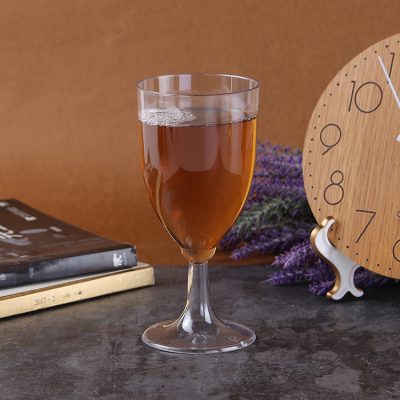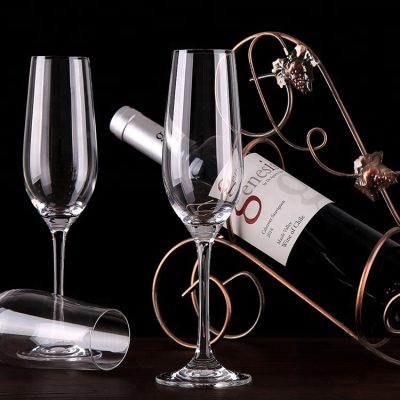When tasting and evaluating wine, we often hear the very abstract word “Body”, which is confusing. What is wine body? How should we perceive it? Let’s follow the wine world to understand the mystery of wine body!
People’s body can be divided into fat and thin, the body of wine is like the human body, but also thick and thin, or show plump beauty, or show thin posture, each has its own style. In simple terms, wine body refers to the weight and texture of wine in the mouth. It is roughly divided into three categories: light, medium and full. It can be associated with the taste of skim milk, whole milk and cream.
1. Factors that affect the weight of wine
The weight of a wine is usually determined by factors such as alcohol, sugar, glycerin, tannins and acidity in the wine. The content of these elements is closely related to the grape variety, the climatic conditions in which the grapes are grown and the winemaking process. For example, grapes grown in warmer climates tend to be more mature, resulting in higher alcohol and fuller-bodied wines; conversely, wines from cooler-climate regions tend to be lighter-bodied.
Image source; www.chablis-wines.com
Second, the method of identifying wine
1. Check the alcohol level
Generally speaking, the higher the alcohol content, the fuller the wine. Wines with alcohol content below 12.5% are mostly light-bodied, wines between 12.5%-13.5% tend to be medium-bodied, and wines above 13.5% are usually full-bodied. Therefore, before tasting wine, you can check the alcohol content on the wine label to preliminarily judge its wine body.
2. Observe the color
Darker wines tend to be fuller-bodied, while lighter-colored wines tend to be lighter. For example, lighter-bodied white Sauvignon Blanc and red Pinot Noir compared to fuller white Chardonnay and red Cabernet Sauvignon, respectively. The wine is lighter in color. But light but full wines like Nebbiolo are not uncommon.
3. Observe the hanging cup phenomenon
Gently shake the wine glass, wait for the wine to circle several times in the glass and stop. After a while, there will be rows of arcs or strips of wine that will slide down the wall of the glass, forming wine legs or wine tears. This is the so-called hanging cup phenomenon. The formation of the hanging cup phenomenon is related to the alcohol content and sugar content in the liquor. Generally speaking, wines that are easy to hang in the glass have higher alcohol content, more sugar, fuller body, and more viscous tears that stay longer.
Although the higher the sugar content, the fuller the wine will be, but it cannot be generalized. Brunello and Barolo are dry wines that are very full-bodied, while Asti sparkling wines are sweet but light.
4. Tasting
The most appropriate way to judge whether the wine is full or not is to taste it in person and feel the weight and texture of the wine in the mouth. In the mouth, light-bodied wines have a weight between water and skim milk; medium-bodied wines have a taste between skim milk and whole milk; full-bodied wines have a sense of weight. Comes close to the texture of whole milk. Plus, the higher the acidity in a wine, the lighter it tends to be, and the more refreshing it tastes. However, some full-bodied wines are also refreshing, appearing lighter than they really are. Therefore, when tasting, it is necessary to comprehensively consider all major factors in order to accurately describe the weight of the wine.



















